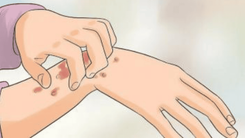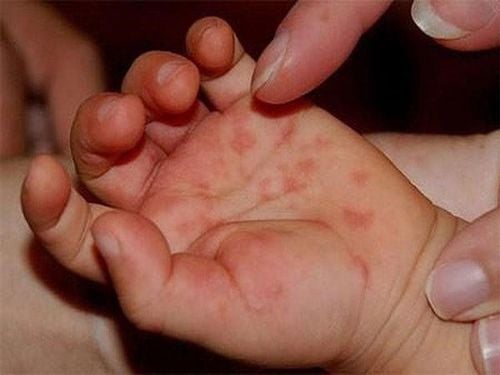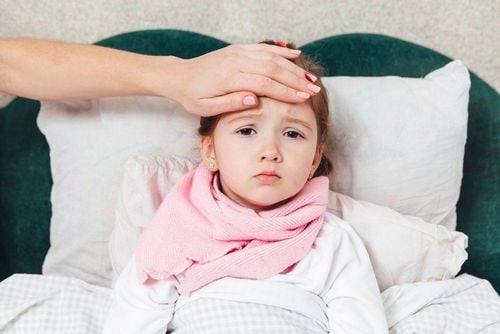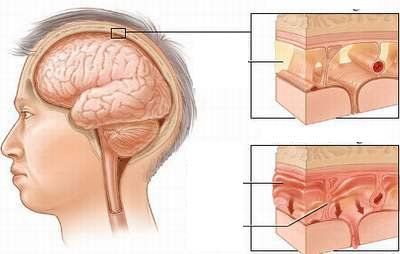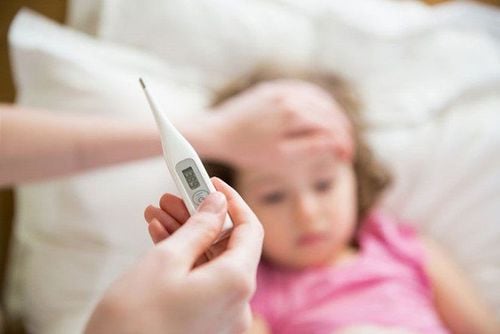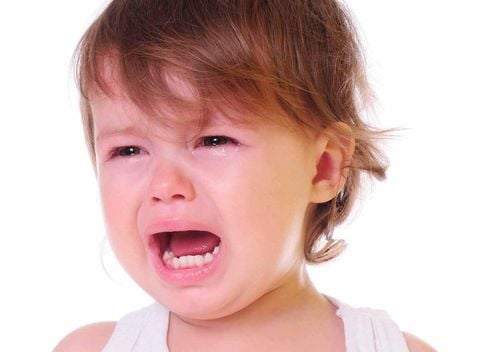Chickenpox is a relatively benign disease. Symptoms of chickenpox are not severe, and the most common one is blisters on the skin. However, if the blisters burst and are not properly cared for, they can easily lead to infection, and in severe cases, can cause sepsis or brain infection.
1. What is chickenpox?
Chickenpox is an acute infectious disease caused by the chickenpox virus (named also as Varicella-zoster virus). This virus can cause chickenpox in children and shingles in adults.
The disease can spread rapidly and occur in all populations (mainly children). The most common time for the disease is in the spring, when the humid weather is suitable for chicken pox to develop
The disease can be transmitted in many ways and can cause various complications depending on each person's body. But mainly the disease is transmitted from person to person through direct contact or through tiny droplets in the air, fluid in the blisters. In addition, a few cases are also transmitted through contact with objects contaminated with fluid from ruptured blisters, such as: toothbrushes, towels, washcloths, eating utensils,...
2. Symptoms of Chickenpox in different stages
Chickenpox typically progresses through four distinct stages:
- Incubation stage
This is the initial stage following viral infection. It lasts for approximately 10 to 20 days. During this period, the infected individual experiences no symptoms, making detection difficult.
- Prodrome (Onsetting stage)
Symptoms begin to appear, including mild fever, fatigue, headache. Some individuals may develop small, red spots on the skin. Tender lymph nodes behind the ears and sore throat may also occur.
- Eruption stage
This is the most active phase of the illness, symptoms may include high fever, headache, muscle aches, nausea, loss of appetite, and severe fatigue.
The red spots develop into fluid-filled blisters, typically 1 to 3 mm in diameter, causing intense itching and discomfort. These blisters can appear anywhere on the body, including the mucous membranes of the mouth, making eating and drinking uncomfortable. Infected blisters may become larger and have cloudy fluid.
- Recovery stage
This stage usually begins 7 to 10 days after the onset of symptoms. The blisters will eventually burst, crust over, and scab. It is important to keep the affected areas clean to prevent secondary infections. Chickenpox lesions may leave behind scars, so the use of scar and discoloration treatments may be necessary.
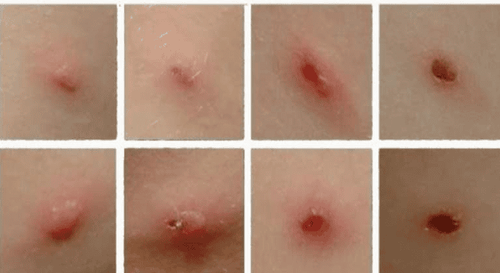
3. Possible complications of Chickenpox
As mentioned earlier, chickenpox is generally a mild illness that usually resolves on its own after a short period. However, if not properly managed, it can lead to serious complications, threatening patient’s health, including:
- Infections: common in children who frequently scratch the itchy blisters, leading to bleeding
- Encephalitis and meningitis: These complications can occur about a week after the rash appears and can affect both children and adults. Symptoms may include high fever, seizures, eye tremors, altered consciousness, and coma. If left untreated, these complications can be fatal.
- Pneumonia: More common in adults, this complication presents with symptoms such as severe cough, difficulty breathing, chest pain, and coughing up blood.
- Nephritis and acute glomerulonephritis: These conditions are characterized by blood in the urine and kidney failure.
4. What are impacts of Chickenpox on pregnant women
If a pregnant woman contracts chickenpox within 5 days before or 2 days after childbirth, the virus can be transmitted to the baby. This can lead to birth defects or fetal death. If the blisters develop in the ears or throat, they can lead to middle ear infections and laryngitis.
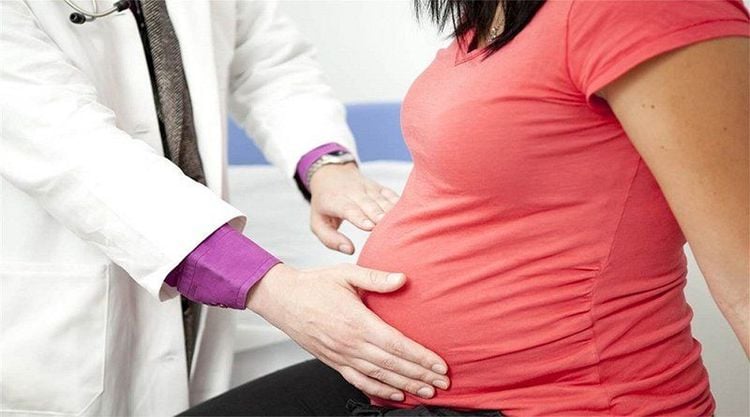
5. Home treatment for Chickenpox
Currently, there is no specific medication for chickenpox. Therefore, supportive care and symptom management are the primary treatments. Since it is generally a mild illness, most cases can be managed at home. However, if complications arise, it is essential to seek medical attention. For those managing chickenpox at home, the following guidelines are recommended:
- Wear loose and comfortable clothing.
- Avoid drafts.
- Refrain from scratching the blisters to prevent spreading the infection.
- Take lukewarm baths and gently pat the skin dry.
- People with chickenpox should be isolated
Some medications can be home remedies for chickenpox:
- Clean the blisters with a diluted solution of povidone-iodine. This solution has anti-inflammatory properties and helps prevent scarring
- When the blisters have ruptured, a methylene blue solution should be applied. Avoid using ointments containing tetracycline or penicillin, or red dyes.
- Avoid using anti-itch creams containing phenol in infants under 6 months and pregnant women.
While chickenpox is typically a benign illness, it is essential to be aware of its potential complications. Vaccination is the most effective way to prevent chickenpox and its associated risks.
To arrange an appointment, please call … or make your reservation directly HERE. You may also download the MyVinmec app to schedule appointments faster and manage your reservations more conveniently.


